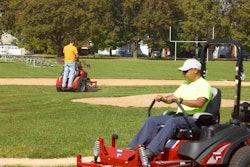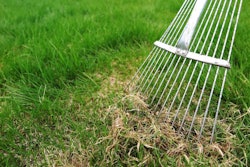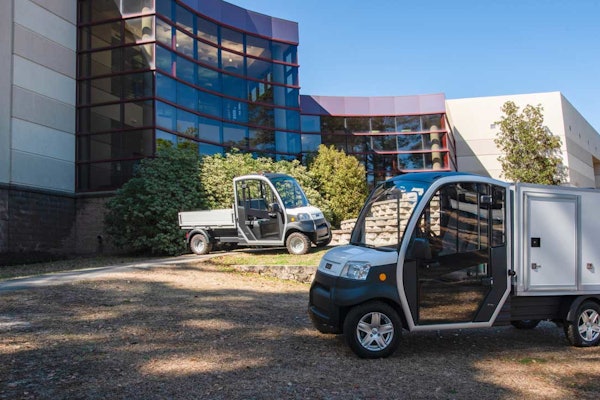
With 2019 right around the corner, it’s imperative that your landscaping company start the new year off on the right foot, and what better way to ensure that happens than by having a fool-proof 2019 financial plan in place?
While your company’s 2019 budget might already be planned, set and implemented as we speak, there are some out there who might still be in the planning process. For those still working to create a 2019 budget that will propel your landscaping company to be its best self in the coming year, take a look at what green industry financial experts have to say about smart and prepared budget preparation.
Making a game plan
Andrew Dickson, product and account manager with LandOpt, has hands-on experience aiding landscape contractors across the country in financial planning and meets with these companies on a monthly basis to keep up with the plans he helps them create.
Before diving into the process of implementing a budget for your landscaping company, Dickson recommends creating both a set of revenue goals and an overview of what the costs will be to deliver said goals.
Dickson has had the opportunity to work with preparing financial budgets for multiple landscaping companies throughout his time with LandOpt, and he recommends always creating these plans before getting too deep into the planning process.
“On the financial planning side, we look at what the money is doing,” he says. “The first thing to take into consideration is revenue, as in the dollars coming in the door.”
Within this revenue goal, Dickson says to take into account where you currently are as a company and where you want to be in the coming year. He recommends building a revenue plan that consists of any work you currently have contracted, any recurring project backlogs you already know about, projects you haven’t contracted but know you will for next year and factor in some attrition, as losses are inevitably going to happen.
Dickson says to create a sales plan, factoring in new sales and what revenue you’ll need to make from those projects. He also says as a company, take a look at what you actively need to do to make sure you get the appropriate number of sales to hit that revenue goal. Lastly, he recommends making an educated guess of what you think you’ll make off of existing clients.
Once these numbers are recorded, the second step Dickson recommends is tallying up what the cost will be to deliver and run these goals.
Dickson says it’s best to lay these numbers out month-by-month, so companies are able to see exactly when these dollars are going to hit, what they can do to replace lost revenue in certain areas, the cost of labor and hours each month and more.
In his experience, Dickson says landscape contractors need to always keep in mind the following areas when creating their budgets: labor, vehicles and equipment (V&E), material costs, subcontractors, burden (cost of goods sold), office staff, owner’s salary, marketing and miscellaneous costs.
Tome Nrecaj, business systems manager for Bellantoni Landscape in White Plains, New York, has served as the main provider of company’s financial numbers for 13 years and can recall the days before LandOpt’s financial planners stepped in to lend a hand.
“Before them, we had some sort of budget but nothing in such detail,” he says. “When they came here, they basically had us change policies and procedures and made sure we were having efficient financial planning. (They made sure) that we were holding up to our responsibilities and they followed up with those procedures to make sure things were going in the right direction. It’s been very valuable here, and we can see that.”
Preparation
Dickson says the new year’s budget preparation for professional landscapers typically kicks off in September and is finalized in January.
Dickson and Nrecaj agree that meeting as a team to plan and discuss the budget is beneficial in the long run, as it allows multiple points of the financial plan to be addressed all at once.
“As a team, they will go through each aspect of the business, find out what worked and what didn’t, decide what needs to be grown and what needs to be cut and go from there as a team,” Dickson says.
Nrecaj notes that having the whole management team, as well as the company mechanics, present comes in handy, especially when talking V&E.
“We have to go in detail in every department in the company and see what expenses hit the company at what point of the year,” he says. “Technology is changing very quickly and there is much more efficient equipment out there, and (the management team) knows what machinery and equipment needs to be changed.”
Check back tomorrow for part two of this article, where we’ll talk more about the challenges that accompany budget planning, as well as how you can fix them to avoid future mistakes.










